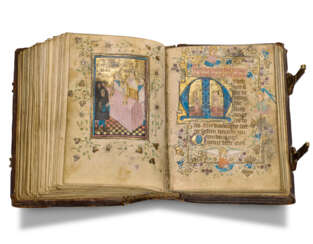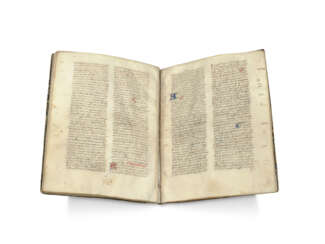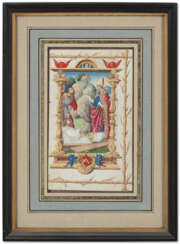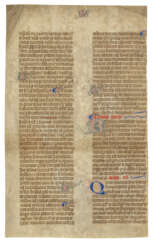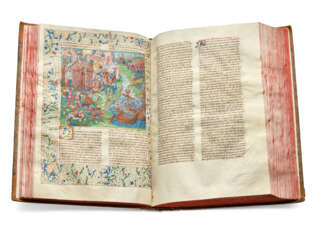handschriften des mittelalters und der renaissance
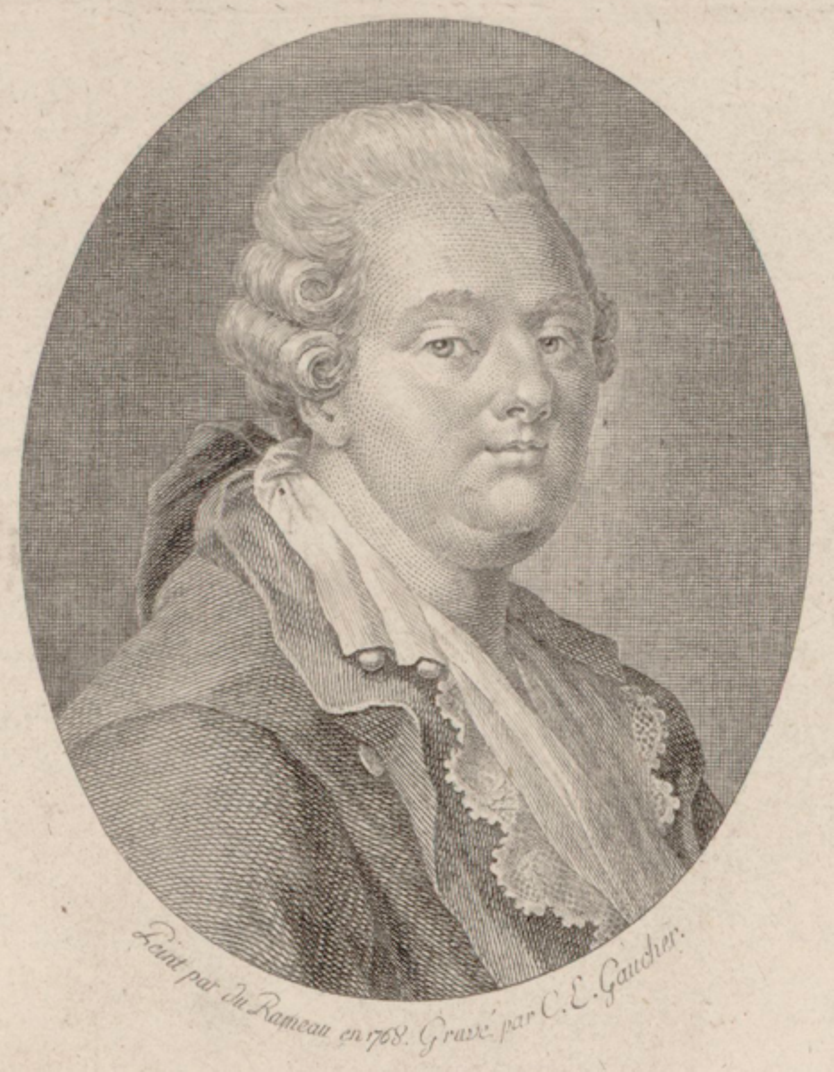
Jean-Benjamin de La Borde was a French composer, music historian, publisher and financier.
De La Borde played the violin and trained in composition. In 1748 he composed his first small opera, and in 1751 his opera Le Rossignol ou Le Mariage secret (The Nightingale or The Secret Marriage) was staged in Paris. The prolific composer went on to compose an average of 30 operas a year for 30 years, mostly of a comic nature.
De La Borde was also a prominent cultural figure of his time: he authored Essays on Music, a four-volume collection of songs for solo voice, and initiated the publication of the General and Private Description of France (1781-96).
For several years de La Borde was valet and favorite of Louis XV; he refused to leave France during the Revolution and was arrested and executed by guillotine on July 22, 1794.
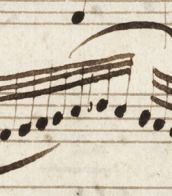



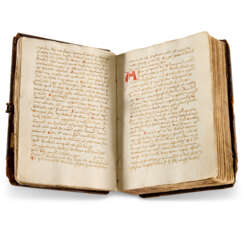


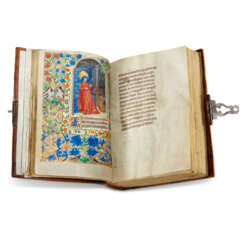


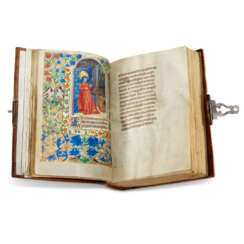





![[ST BERNARD OF CLAIRVAUX, ST AUGUSTINE, GERARD DE FRACHET ET AL.]](/assets/image/picture_2278696/90c90/b00d086a0c91584c0ff62d6a3b3646761657663200jpg__fix_374_244.jpeg)
![[ST BERNARD OF CLAIRVAUX, ST AUGUSTINE, GERARD DE FRACHET ET AL.]](https://veryimportantlot.com/assets/image/picture_2278696/90c90/b00d086a0c91584c0ff62d6a3b3646761657663200jpg__fix_374_244.jpeg)
![[AURACH DE ARGENTINA, Georgius]](/assets/image/picture_2278759/9457c/9357016ab787366d84491e0387358db01657663200jpg__fix_374_244.jpeg)
![[AURACH DE ARGENTINA, Georgius]](https://veryimportantlot.com/assets/image/picture_2278759/9457c/9357016ab787366d84491e0387358db01657663200jpg__fix_374_244.jpeg)
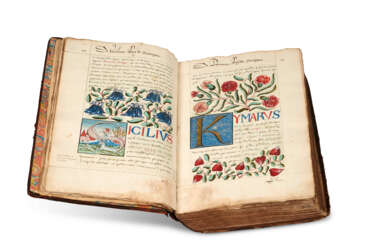

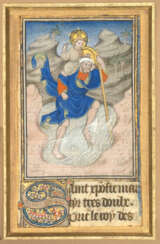



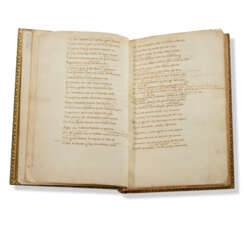

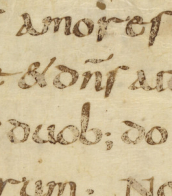
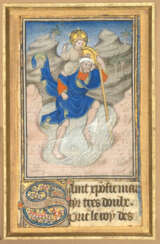


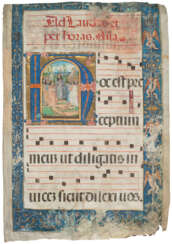



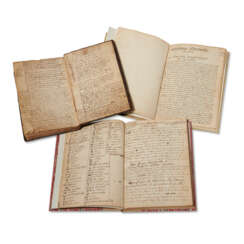



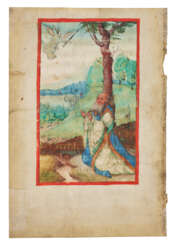


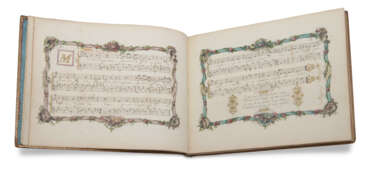

![[Luis de Velasco (1511-1564)] - Fray Juan de Alameda](/assets/image/picture_3644373/50dc7/pe5e3eymed6n4g8qkeyphhilzs8gjojcjuc613qwufv3mh99zclks70gej-7igas1701507099jpg__fix_374_244.jpeg)
![[Luis de Velasco (1511-1564)] - Fray Juan de Alameda](https://veryimportantlot.com/assets/image/picture_3644373/50dc7/pe5e3eymed6n4g8qkeyphhilzs8gjojcjuc613qwufv3mh99zclks70gej-7igas1701507099jpg__fix_374_244.jpeg)



